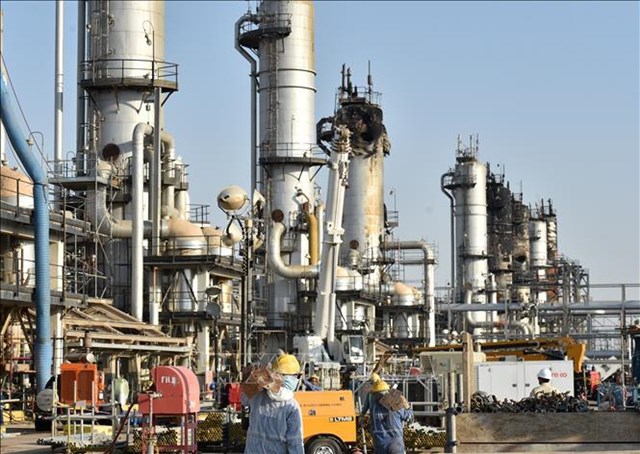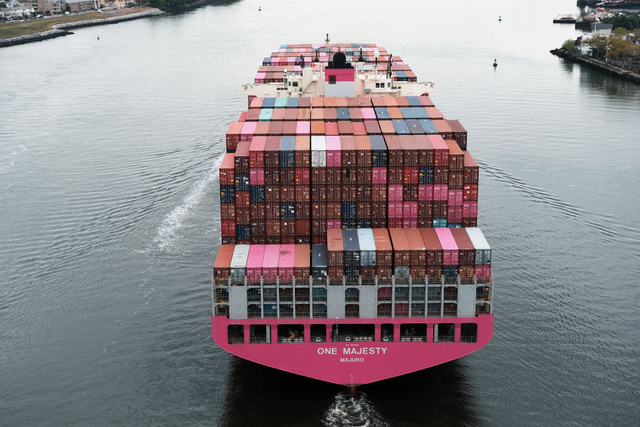Output fell to more than a decade low, sending prices for the commodity to an all-time high.

Illustration
Lowest supply in 10 years Dry weather caused by El Nino is threatening coffee production in Indonesia, the world’s fourth-biggest coffee producer, after heavy rains dragged output to its lowest level in a decade, pushing Global coffee prices hit an all-time high. Lower coffee production in Indonesia, which mainly produces robusta (which is stronger and more bitter than arabica) could drive prices up even further. Global coffee prices are already up more than 40% in 2023 and hit a record high in June. Carlos Mera, head of market research for agricultural commodities at Rabobank, said: “There are forecasts of El Nino weather leading to drought at the end of the year and early next year in Indonesia. If a drought occurs, Indonesia’s coffee production could fall further in crop year 2024/25.” The Indonesian weather agency (BMKG) said the El Nino weather phenomenon – which often brings prolonged dry and hot weather to this tropical country has affected more than two-thirds of the country’s area, including Java and Java. part of Sumatra. These are two key coffee production areas. According to U.S. Department of Agriculture data, Indonesia’s coffee production in MY23/2024 is forecast at 9.7 million bags, down from 11.85 million bags a year ago and the lowest since MY2011. /twelfth. Plantations in Sumatra and Java are likely to bear the brunt of any drought, with meteorologists predicting El Niño will strengthen into late 2023 and early next year, a key time for flowering and fructification. Most of Indonesia’s coffee plantations are irrigated with rainwater. The threat of drought follows higher rainfall over the past few months across Sumatra and Java, reducing coffee production. “Our harvest this year is only 30% of what it was last year because too much rain caused the coffee flowers to fall prematurely,” said Peratin Buchori, a 55-year-old farmer in Lampung who lives on the southernmost tip of Sumatra island. Too much rain during the flowering period can cause flowers to drop before berry formation, resulting in lower yields.





















